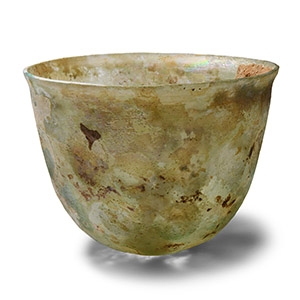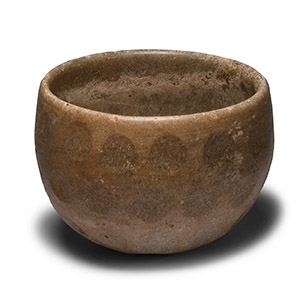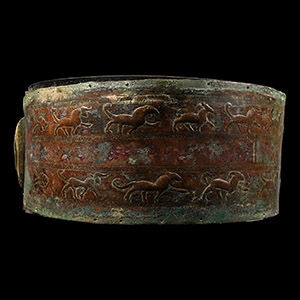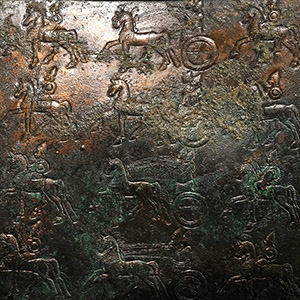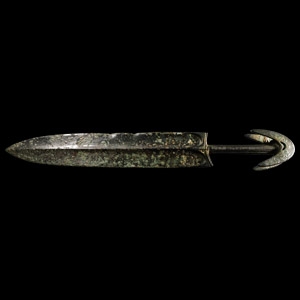Home > Auctions > 23 - 27 May 2023
Ancient Art, Antiquities, Natural History & Coins
Auction Highlights:
Acquired 1969-1999.
From the private collection of the late Mr S.M., London, UK, thence by descent.
Accompanied by a copy of a report by Dr Habil, Pieter Gert van der Veen, Head of the Biblical Archaeology study form (ABA) der Studiengemeinschaft Wort und Wissen e.V.
Accompanying note dates the seal to Iron Age II (9th-8th century B.C.)
From the 'S' collection, London, UK, 1970-1990s.
Examined by Professor Wilfrid George Lambert FBA (1926-2011), historian, archaeologist, and specialist in Assyriology and Near Eastern archaeology in the 1980s.
This lot has been checked against the Interpol Database of stolen works of art and is accompanied by search certificate no.202963.
Ex private collection, 1965-2020.
From the 'S' collection, London, UK, 1970-1990s.
Accompanied by a scholarly note by Professor Wilfrid George Lambert FBA (1926-2011), historian, archaeologist, and specialist in Assyriology and Near Eastern archaeology.
Cf. The Metropolitan Museum, New York, accession number 1985.143, for similar.
Acquired 1960s-1970s.
From a UK private collection, 1981.
Ex Belgian collection, 1980s.
Cf. The British Museum, museum number 135304, for similar; cf. Corning Museum of Glass, accession numbers 70.1.9 and 54.1.119, for similar.
Acquired 1990s-early 2000s.
East Anglian private collection.
Cf. The Metropolitan Museum, accession number 59.34, for similar.
UK private collection before 2000.
UK art market.
Property of a London gentleman.
Accompanied by an academic report by Raffaele D'Amato.
This lot has been checked against the Interpol Database of stolen works of art and is accompanied by search certificate number no.11745-202242.
Cf. Есаян, С. А., ‘Погребения VI-V вв. до н. э. в горах Шамшадина’ (Esayan, S.A., Burials of the VI-V centuries BCE in the mountains of Shamshadin) in СА, 1965, 3, pp.229-232; Born H., Seidl U., Schutzwaffen aus Assyrien und Urartu, Sammlung Axel Guttmann IV, Mainz, 1995, AG427, fig.93, AG502 fig.128; see Gorelik, M., Weapons of the Ancient East, IV millennium BC-IV century BC, Saint Petersburg, 2003.
Protective belts were very popular in the Caucasus, especially among the Urartians, decorated with geometric motifs, or with images of warriors, animals, hunting and mythological tales. They were regarded as a personal item and eventually buried with the warrior.
Ex Axel Guttmann collection, with reference no.AG R 244.
Accompanied by an academic report by Dr Raffaele D’Amato.
This lot has been checked against the Interpol Database of stolen works of art and is accompanied by search certificate number no.11760-203204.
Cf. Esayan, S.A., 'Gürtelbleche der Älteren Eisenzeit in Armenien' in Beiträge zur allgemeinen und vergleichenden Archäologie, vol.6, pp.97-198, pls. 8 & 25, nos.25 and 26 (belts from Golovino); Born H., Seidl U., Schutzwaffen aus Assyrien und Urartu, Sammlung Axel Guttmann IV, Mainz, 1995, nos.AG502, pp.83-84, figs.73-75, and pp.100-102, figs.89-93, pp.158ff., figs.124, 127-128; Christie’s,The Art of Warfare, the Axel Guttmann collection, Part I, Wednesday 6 November 2002, London, 2001, nos.13, pp.20-21, no.26, p.28; Gorelik, M.,Weapons of the Ancient East, IV millennium BC-IV century BC, Saint Petersburg (2003), pl.LXI, nn.88-89-90; Christie’s,The art of the warfare, the Axel Guttmann collection, Part II, Wednesday 28 April 2004, London, 2004, nos.47, pp.40-41; cf. also the Metropolitan Museum, New York, accession number 1976.5, for similar imagery on a copper-alloy plaque and accession number 1989.281.18, for an Urartian belt of similar form and design.
Acquired on the UK art market.
From a private collection, 1980s.
Ex central London gallery.
The Kusmirek Collection, UK.
Accompanied by an academic report by Dr Raffaele D'Amato.
This lot has been checked against the Interpol Database of stolen works of art and is accompanied by search certificate number no.11765-203977.
Cf. Born, H., Seidl, U., Schutzwaffen aus Assyrien und Urartu, Sammlung Axel Guttmann, Mainz, 1995, pl.VI, VII, XIII-XV, and pp.134-149, for a near identical helmet in the Guttmann collection (AG204).
From the reign of King Tiglatpilesar III (744-727 B.C.) or possibly later. The army of the Neo-Assyrian Empire consisted of large units of cavalry and skilled archers. Mobile workshops and smiths produced vast quantities of arrows and spears that were required while on campaign. The royal palaces of Nineveh, Ashur, and Nimrud were adorned with reliefs depicting Neo-Assyrian troops including foot soldiers in similar pointed bronze helmets. The helmet was originally bimetallic, made of bronze and iron. Although the iron section is now preserved only in fragments, having deteriorated long ago; the bronze half remains.
Ex S. Moussieff collection, London, UK.
Acquired from C.J. Martin (Coins) Ltd.
Accompanied by an academic report by Dr Raffaele D'Amato.
This lot has been checked against the Interpol Database of stolen works of art and is accompanied by search certificate no.203209.
Battle-scenes - and especially images where the Assyrians overrun their enemies and achieve outright victory - appear to make up a large part of 'official' art of the period. Subjecting a defeated foe to torture and death is the theme of much of the wall-decoration of the palace of Nineveh. A battle-scene depicting the siege of a walled city shows similarly equipped infantrymen; it is in the Metropolitan Museum of Art, New York, under accession no.55.121.4a, b.
Acquired 1970s-1980s.
From the collection of a Surrey, UK, gentleman.
Moorey, analysing similar swords found in Amarlu, stated that the blade and tang were made first, forged to shape by hammering at a high temperature. The next step was to cover the tang with a clayed material. Once dry, this material formed the core for the casting. Then a hollow mould of the exact shape of the shoulder, grooved hilt and pommel was made around the clay core covering the tang. Finally, liquid metal was poured into the mould. The weapon was then finished by hammering the pommel and shoulder to the hilt.
121 - 132 of 2508 LOTS

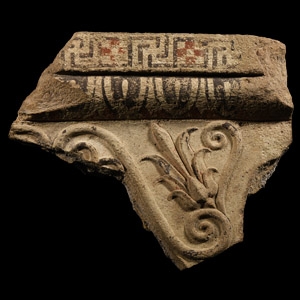
.jpg)


.jpg)
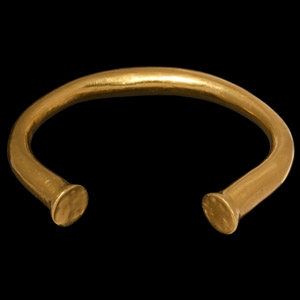
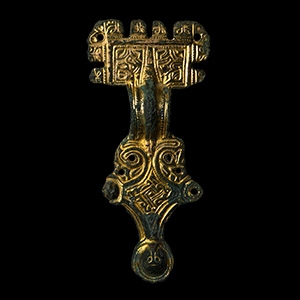

.jpg)
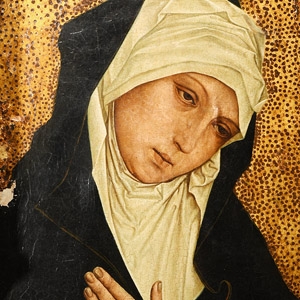

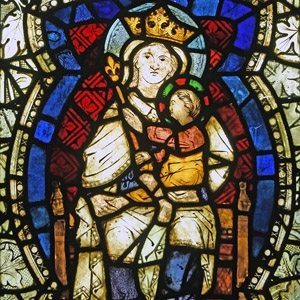
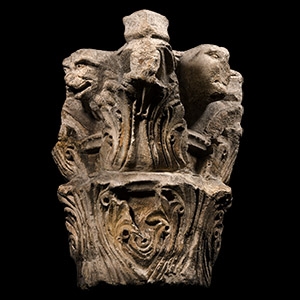
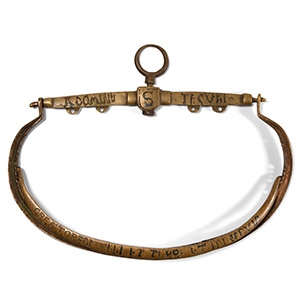
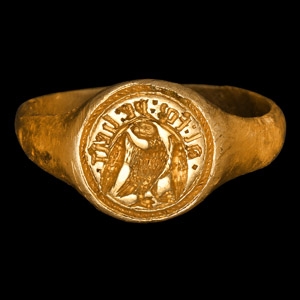
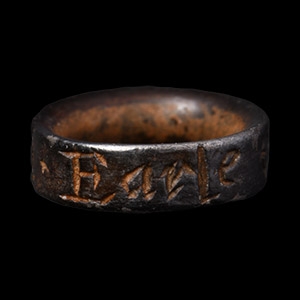
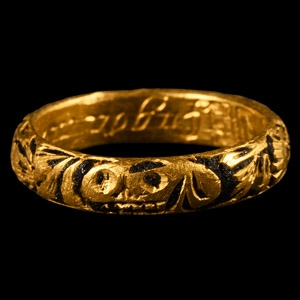
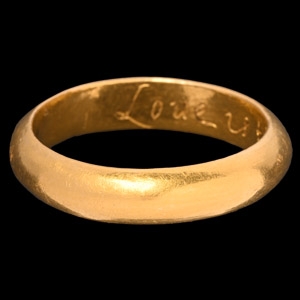
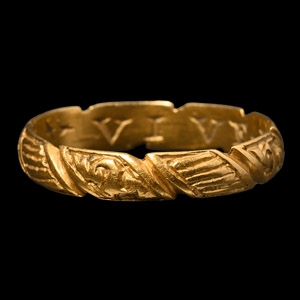
![English Milled Coins - George VI - 1937 - Cased RM Proof Coronation Gold Set [4] English Milled Coins - George VI - 1937 - Cased RM Proof Coronation Gold Set [4]](https://timelineauctions.com/upload/images/items/small/203351-s(2).jpg)

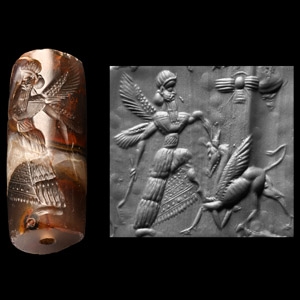
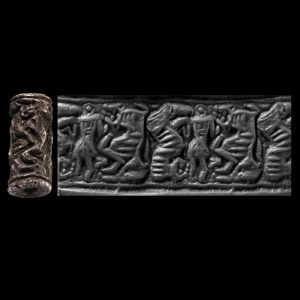
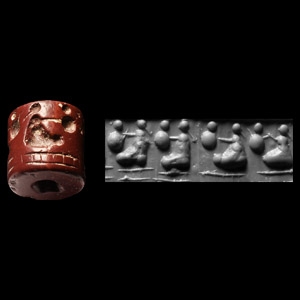
.jpg)
